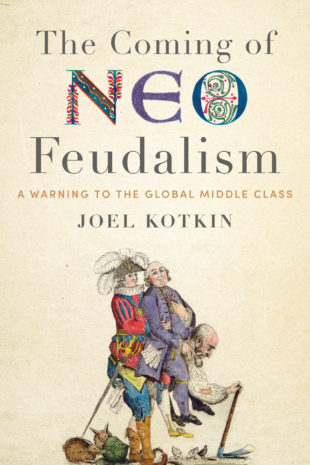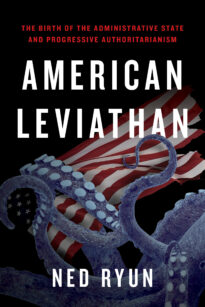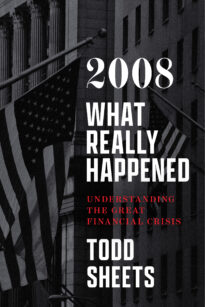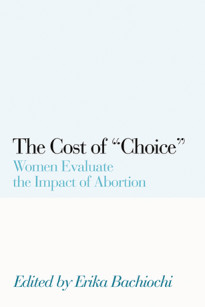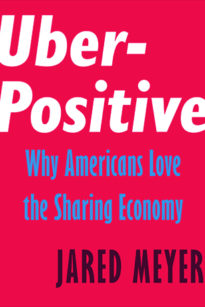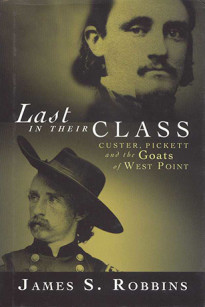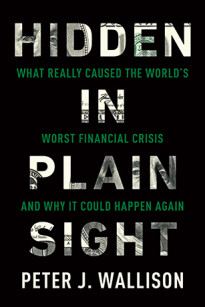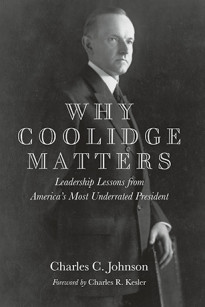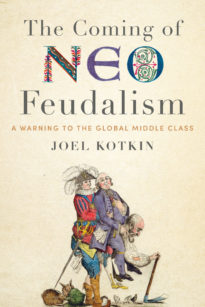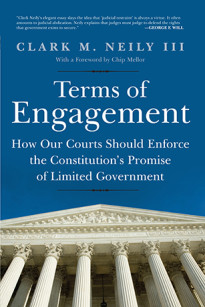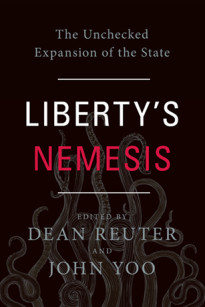Feudalism is making a comeback, long after it was believed to have been deposited into the historical dustbin. Of course it will look different this time around: we won’t see knights in shining armor, or vassals doing homage to their lords, or a powerful Catholic Church enforcing the reigning orthodoxy. What we are seeing is a new aristocracy developing in the United States and beyond, as wealth in our postindustrial economy is ever more concentrated in fewer hands. Societies are becoming more stratified, with decreasing chances of upward mobility for most of the population. A class of thought leaders and opinion makers, which I call the “clerisy,” provide intellectual support for the emerging hierarchy. As avenues for upward mobility are diminishing, the model of liberal capitalism is losing appeal around the globe, and new doctrines are arising in its place, including ones that lend support to a kind of neo-feudalism
Historically, feudalism was hardly a monolithic system, and it lasted much longer in some places than others. But certain salient features can be seen in feudal structures across medieval Europe: a strongly hierarchical ordering of society, a web of personal obligations tying subordinates to superiors, the persistence of closed classes or “castes,” and a permanent serflike status for the vast majority of the population [i] The few dominated the many as by natural right. Feudal governance was far more decentralized than either the Roman Empire that preceded it or the nation-states that followed, and it depended more on personal relationships than does liberal capitalism or statist socialism. But in the feudal era a static ideal of an ordered society, supported by a mandatory orthodoxy, prevailed over dynamism and mobility, in a condition of economic and demographic stagnation.
The clearest parallel in our own time is the concentration of wealth in fewer hands, after an era of robust social mobility. In the second half of the twentieth century, growing prosperity was widely shared in the developed world, with an expanding middle class and an upwardly mobile working class. A strong middle class also emerged in many developing countries. Today, the benefits of economic growth are going mostly to the wealthiest segment of the population. One widely cited estimate suggests that the share of global wealth held by the top 0.1 percent of the global population increased from 7 percent in 1978 to 22 percent in 2012.[ii] A recent British parliamentary study indicates that this global trend will continue: by 2030, the top 1 percent is expected to control two-thirds of the world’s wealth.[iii]
This wealth tends to be handed down from one generation to the next, creating a something akin to a closed aristocracy. It may not have a legally privileged status or political power by right of inheritance, but its wealth can buy influence with government. Thus we see an oligarchy emerging in supposedly democratic countries, with a neo-feudal aristocracy grafted onto a powerful central state.
As in the Middle Ages, the power and privilege of this oligarchy are supported by an influential cognitive elite, or what I call the clerisy. The term was coined by Samuel Taylor Coleridge, who envisioned a group of secular intellectuals guiding society with their knowledge, as the cultural role of the church waned. Today’s clerisy are the people who dominate the global web of cultural creators, academia, the media, and even much of what remains of traditional religious institutions. They share many beliefs with the oligarchs—on globalism and the environment, for example—and spread them around to the wider population as a secular orthodoxy. But like the medieval clergy, they sometimes act as a check on the power of economic elites.
The clerisy and the oligarchy correspond to the medieval clergy and nobility—or the First Estate and Second Estate, as they came to be known in France. Beneath them are the vastly larger group corresponding to the “commoners” in the feudal era, or the Third Estate: those who were neither anointed nor ennobled. Today’s Third Estate, which I call the “yeomanry,” has two distinct parts. There is a property-owning middle class, analogous to the old English yeomanry but with the same spirit of independence transported into an urban or suburban context. Historically the yeomanry played a critical part in overturning the feudal order—but today their counterparts are being squeezed beneath the oligarchy. Second, there is a working class who are becoming more like medieval serfs, with diminishing chances of owning significant assets or improving their lot except with government transfers.
Although the two groups that constitute the Third Estate are falling behind, they can still pose a challenge to the oligarchs and the clerisy, as they are no longer quiescent in the face of globalism and technological obsolescence. We are seeing what one sociologist describes as “the defection of the working class” from a traditional allegiance to the political left, along with a simultaneous rejection of global capitalism and its cosmopolitan value structure.[iv] Though the challenge to the oligarchy tends to come from the populist right, there are other forces that could attack from another direction, particularly younger workers and the less affluent portions of the clerisy, who together might form what one conservative writer has described as “a zombie army of anti-capitalists.”[v] Even as a new feudalism appears to be setting in, it is stirring up counterforces that promise turbulent times.
Chapter 1—The Feudal Revival
[i] Nicholas Riasanovsky, A History of Russia (New York: Oxford University Press, 1963), 127–31, 204–207; Daniel Pipes, Russia Under the Old Regime (New York: Scribner, 1974), 48–49, 144.
[ii] Emmanuel Saez and Gabriel Zucman, “Wealth Inequality in the United States since 1913: Evidence from Capitalized Income Tax Data,” Quarterly Journal of Economics, vol. 131:2 (May 2016), 519.
[iii] Michael Savage, “Richest 1% on target to own two-thirds of all wealth by 2030,” Guardian, April 7, 2018, https://www.theguardian.com/business/2018/apr/07/global-inequality-tipping-point-2030.
[iv] Christophe Guilluy, Twilight of the Elites: Prosperity, the Periphery, and the Future of France, trans. Malcolm Debevoise (New Haven: Yale University Press, 2019), 100.
[v] Daniel Henninger, “Socialism? Yes, Be Afraid,” Wall Street Journal, March 13, 2019, https://www.wsj.com/articles/socialism-yes-be-afraid-11552518646.
